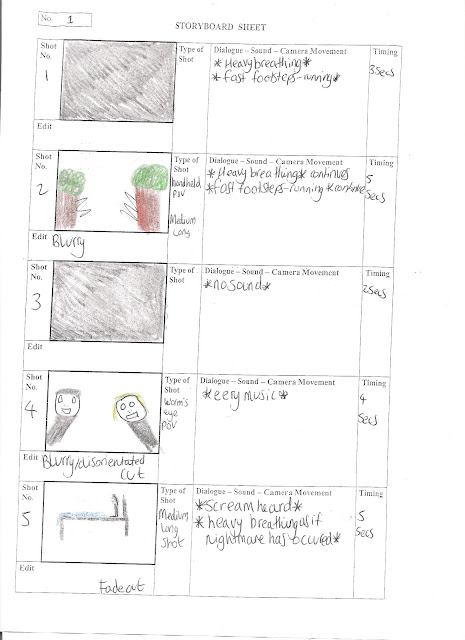Black Swan
Throughout Black Swan there are many different icons that show that the main character, Nina (Natalie Portman), is losing her mind. The main theme for the film is ballet, and further into this theme the ballet show is Swan Lake, so there are many different icons just from here.
Nina's personality reflects that of a swan, so the theme of bird is throughout. There is a close focus on the body with bones and joints. As well as this, there are lots of close ups to show these icons.
One of the biggest icons that reflects the swan theme is the use of black feathers throughout the film and trailer. At the very end of the trailer, in the pivotal moment, Nina pulls what appears to be a black feather from a scratch on her back.
This scene is important for the trailer because it at the very end of the trailer, leaving audiences asking what they just saw, why it happens and what happens after. The music also emphasises the frightening effect this scene does. It's a very good example of Barthes Hermeneutic Code, because nothing in the scene makes sense so it makes audiences question what has happened.
This icon and theme is also used in other promotions for the film. An example is the poster below.
Donnie Darko
The character, Donnie, has an imaginary friend who is wearing a bunny costume. This is referenced to throughout the film often. Not only does the character and icon of a rabbit appear in the film and the trailer, other forms of promotion use the icon.
There are a lot of shots of the protagonist seen through various canted and obscure camera angles. This shows the character's mind.
Although there are still many close ups used in Donnie Darko, the psychological visual aspect comes from the repetition of icons such as the bunny rabbit, storms and fires. All of these are used in the film's poster as well as the trailer.
The Machinst

The Machinst is about a man who works on a machine, so the title of the film is pretty obvious. This is a big part of the story, so the theme of machine sounds are very apparent throughout the trailer and the film. Another big icon of the film is the game 'hangman', which appears on the character's fridge unfinished and the character comes back to this game throughout the film and the trailer.

This icon is also used on the film's poster, because of it's importance to the film's story.
The main purpose for icons in the film is similar to that of Barthes Hermeneutic Code. The code is unexplained so audiences do not know the full story and therefore, they are forced to keep guessing throughout the film. It's similar to the Action/Proairetic Code because the icons do not raise questions. Most of all, the Barthes media theory is mostly applicable to psychological thriller codes because of the Semantic Code, which is the voice of the person showing a deeper meaning of the symbols.
 |
| A very important symbolic icon in The Prestige (2006 dir. Christopher Nolan) |

























